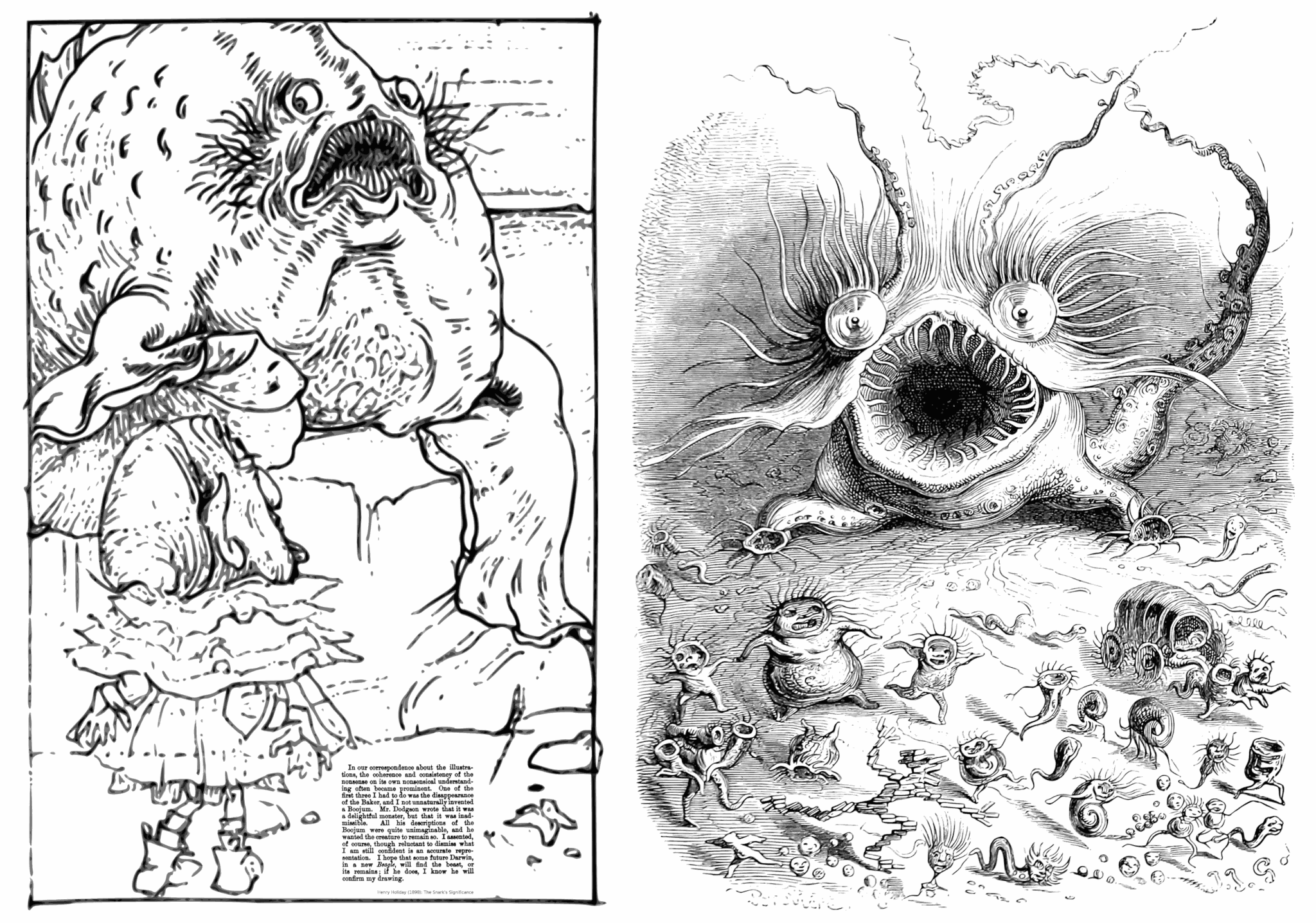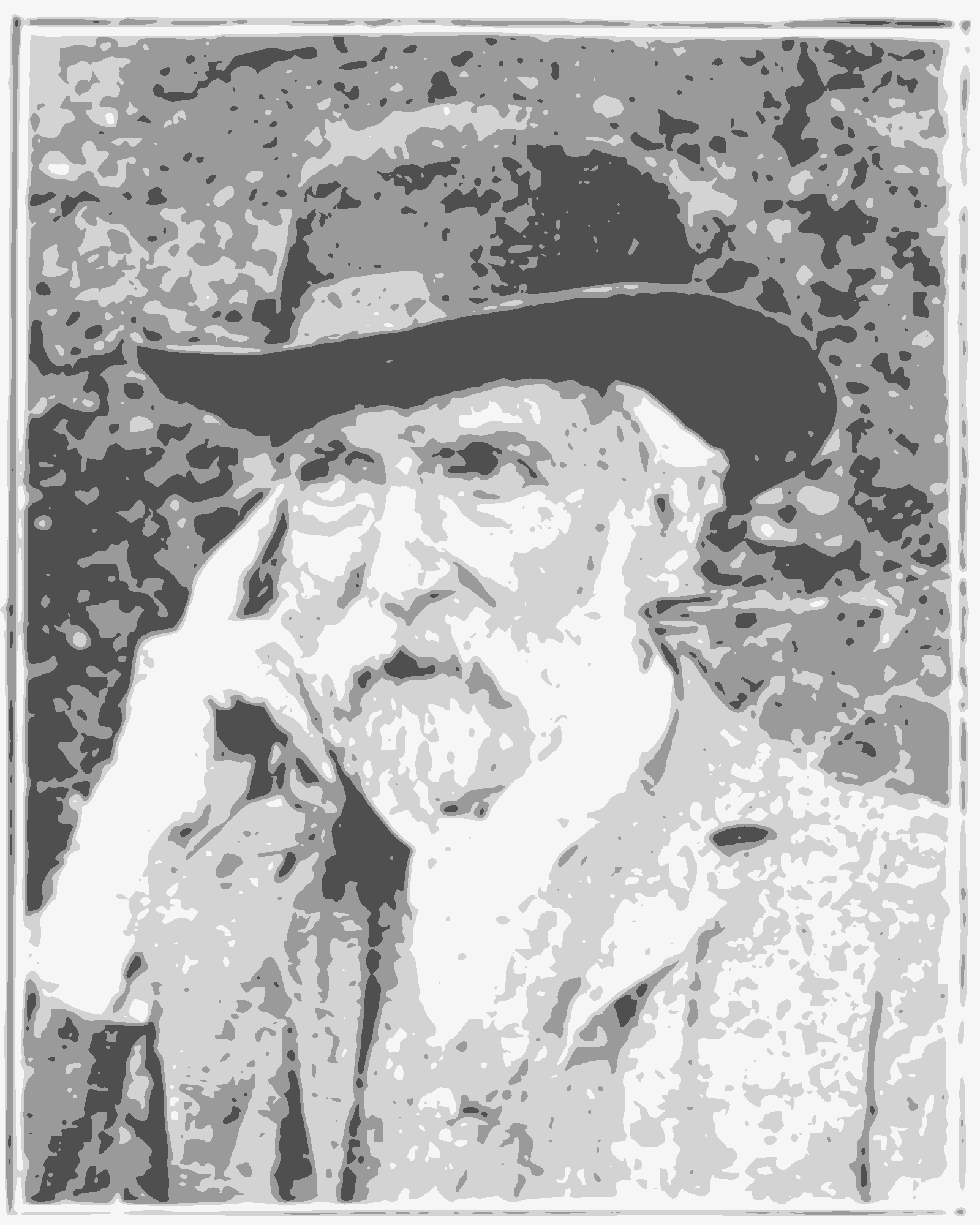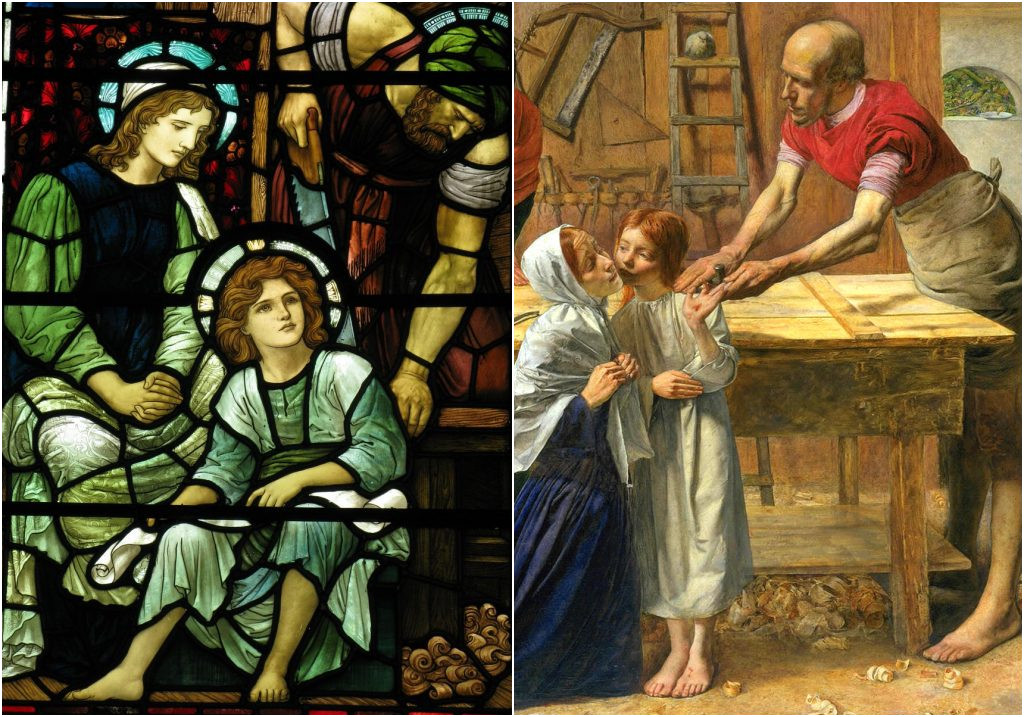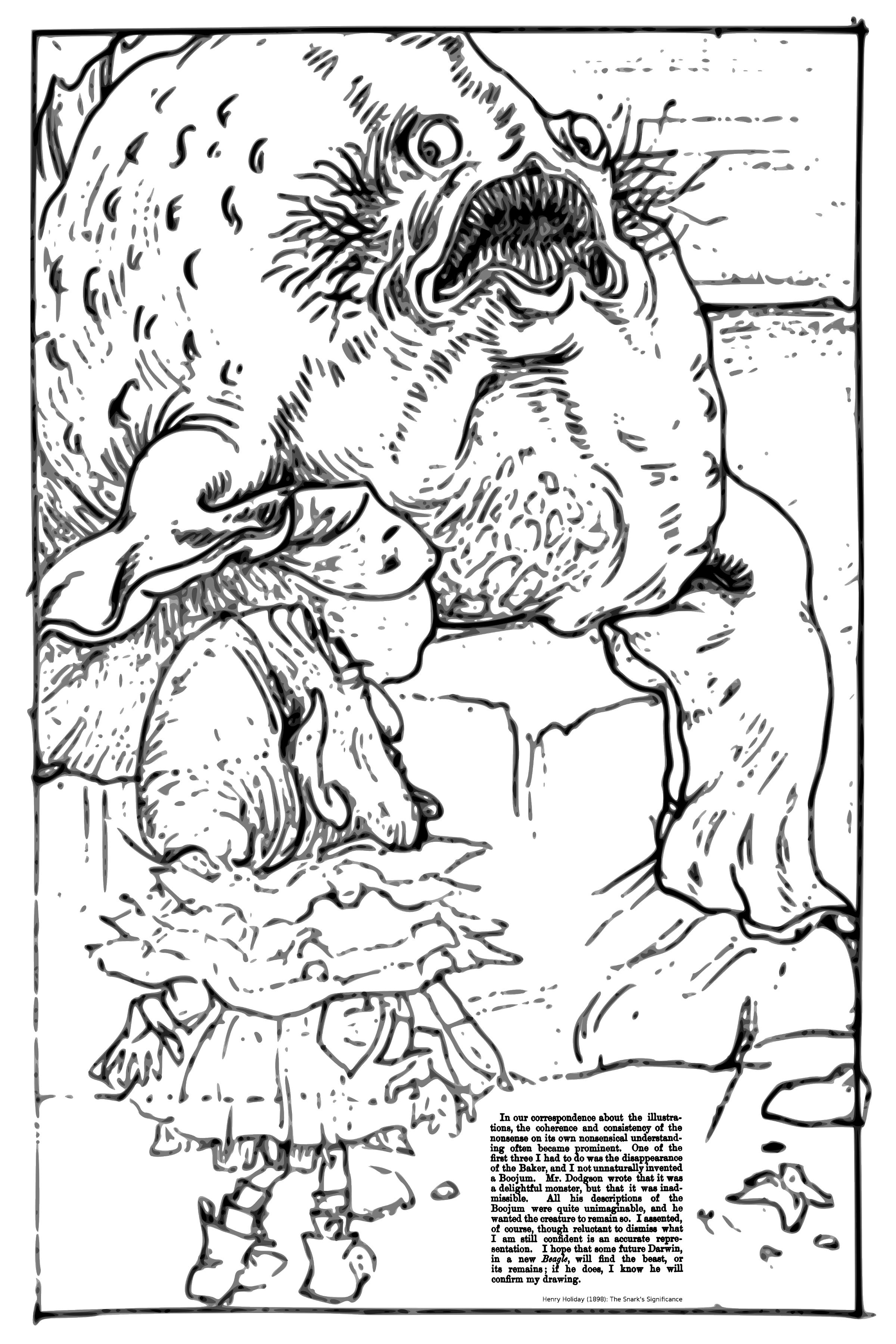The Lewis Carroll Collection
Christ Church holds three distinct collections of material relating to Lewis Carroll, aka Charles Ludwidge Dodgson. These collections include a wide variety of material, from autograph letters and a wealth of manuscripts, original photographic prints, proof sheets and presentation copies, to a large number of editions of the “Alice” books in different languages.
Illustrated editions include 19th century black and white etchings and a huge range of 20th century illustrations. Some illustrators are famous in their own right, like Salvador Dali, Ralph Steadman and Barry Moser. The collections also include an impressive array of secondary material (biographies, books about various aspects of Carroll’s work, etc.) and are available for the use of researchers upon application to the Library.
The whole corpus of the Lewis Carroll collection is currently the object of intense study and scrutiny, being reviewed and catalogued. This is a work in progress. A significant part of the Lewis Carroll collection has now been digitized. More will follow in due course. This project aims to provide an enhanced experience for viewers, allowing them to flip the pages, zoom in, and read very detailed descriptions. In 2018, the digitized part of the Lewis Carroll collection has been organized in the following sections:
The Making of ‘Alice’
Other Works by Lewis Carroll
Miscellaneous Carroll Material
Photography
Carroll Friends and ContemporariesAccess to all fully digitized resources is made available both through the college website, or directly via the Digital Bodleian portal. Crucially for research, our digitized items are integrated with the International Image Interoperability Framework (IIIF), a set of software standards established and adhered to by an ever expanding community of libraries and cultural heritage institutions, including the British Library, Bayerische Staatsbibliothek, la Bibliothèque Nationale de France, Cambridge University Library, Harvard University Library, MIT, Stanford University, Trinity College Dublin, the Vatican and Yale University. All this gives scholars an unprecedented level of uniform and rich access to image-based resources hosted around the world.
Source (2018): http://www.chch.ox.ac.uk/library-and-archives/lewis-carroll-collection-0
Snark related links are offered in “Other Works by Lewis Carroll“. At present the links also lead to scans of Henry Holiday’s illustrations.
I like Edward Wakeling’s detailed description of Holiday’s illustrations. The Ocean Chart is not mentioned. That is no mistake: That chart quite probably isn’t an illustration by Henry Holiday. My own collection of scans does contain the Ocean Chart, as it is about all illustrations to The Hunting of the Snark. That includes the illustration not made by Henry Holiday.
2018-01-31, updated (direct links replaced by archived links): 2025-12-09



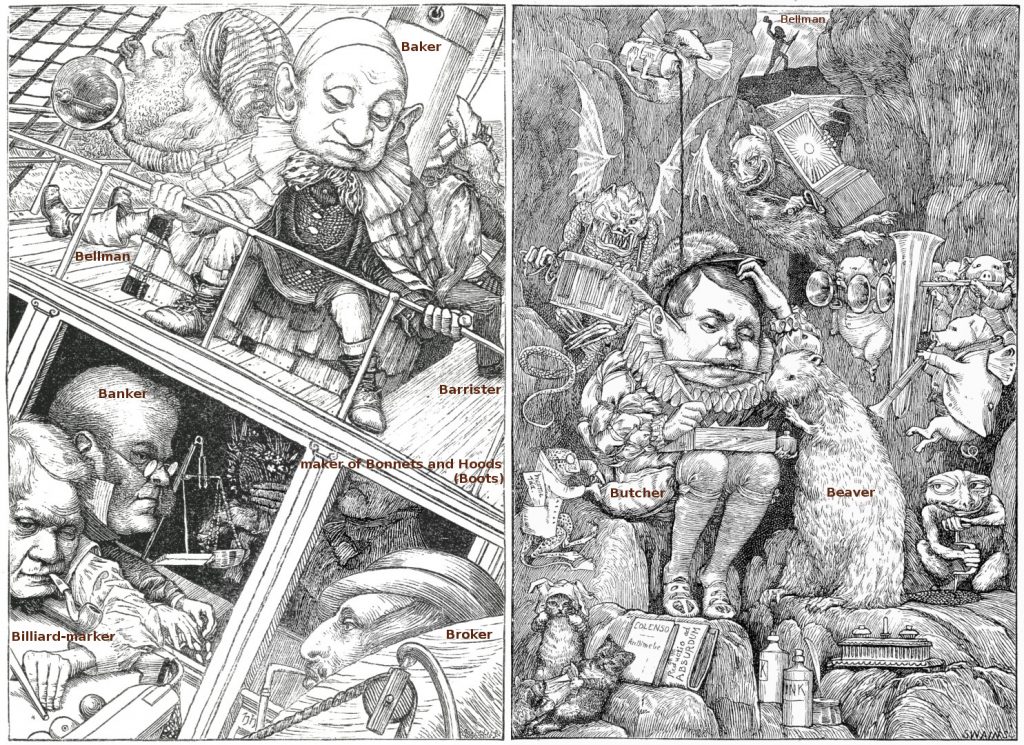
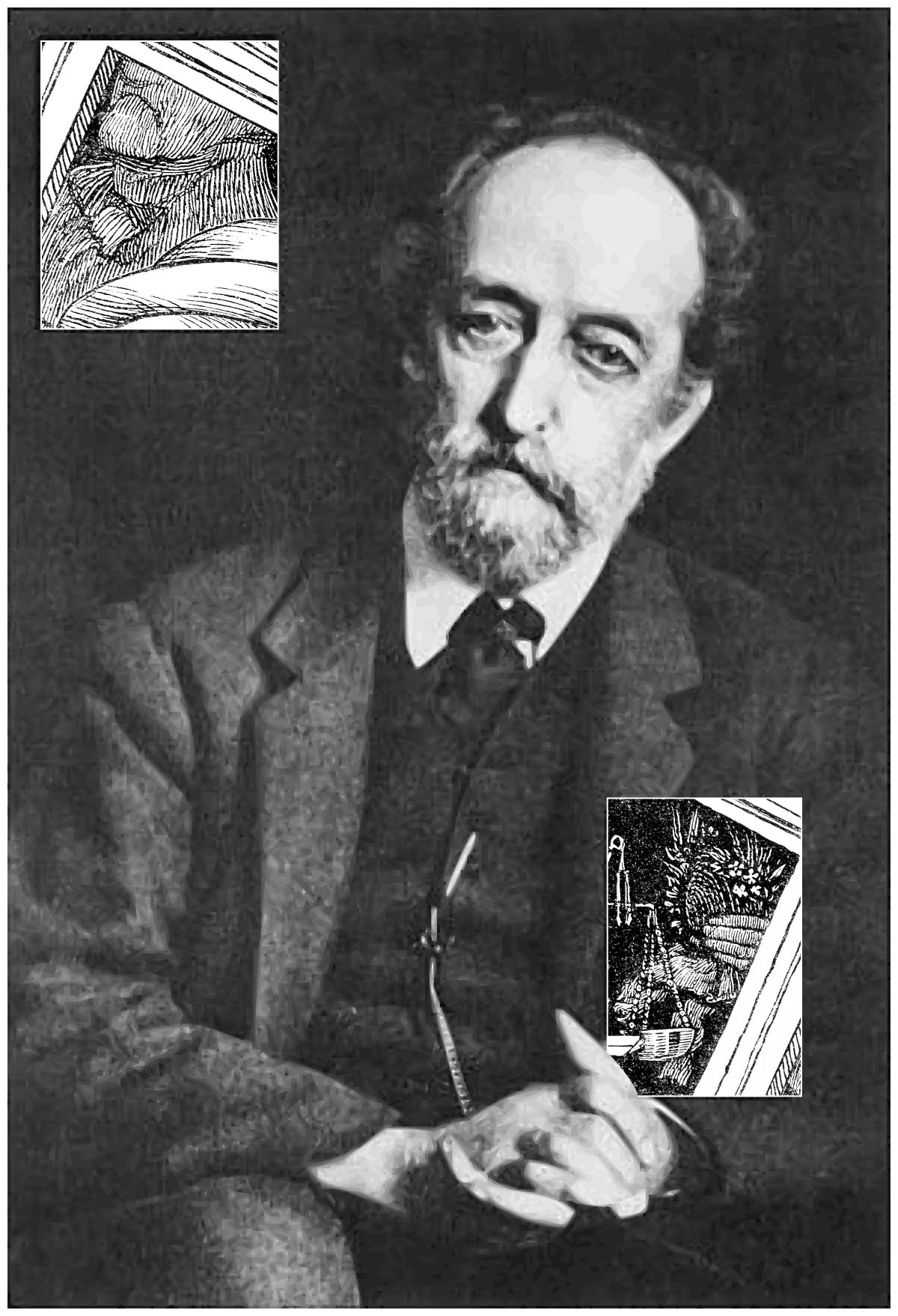
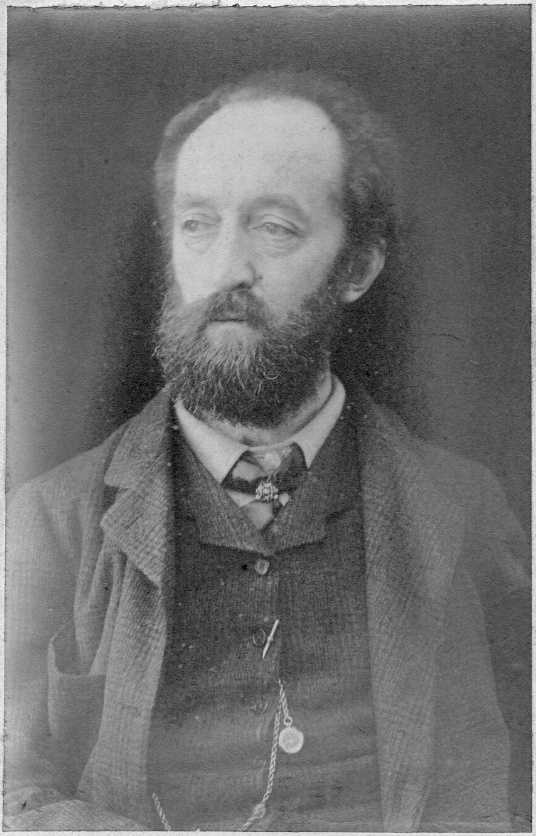 The Bonnetmaker drawing could be a little self portrait, a cameo of Henry Holiday in The Hunting of the Snark. The photo is a portrait perhaps taken by Joseph Swain or a self portrait. Henry Holiday was in his mid thirties when he illustrated Carroll’s Snark tragicomedy, and the National Portrait Gallery dated a
The Bonnetmaker drawing could be a little self portrait, a cameo of Henry Holiday in The Hunting of the Snark. The photo is a portrait perhaps taken by Joseph Swain or a self portrait. Henry Holiday was in his mid thirties when he illustrated Carroll’s Snark tragicomedy, and the National Portrait Gallery dated a 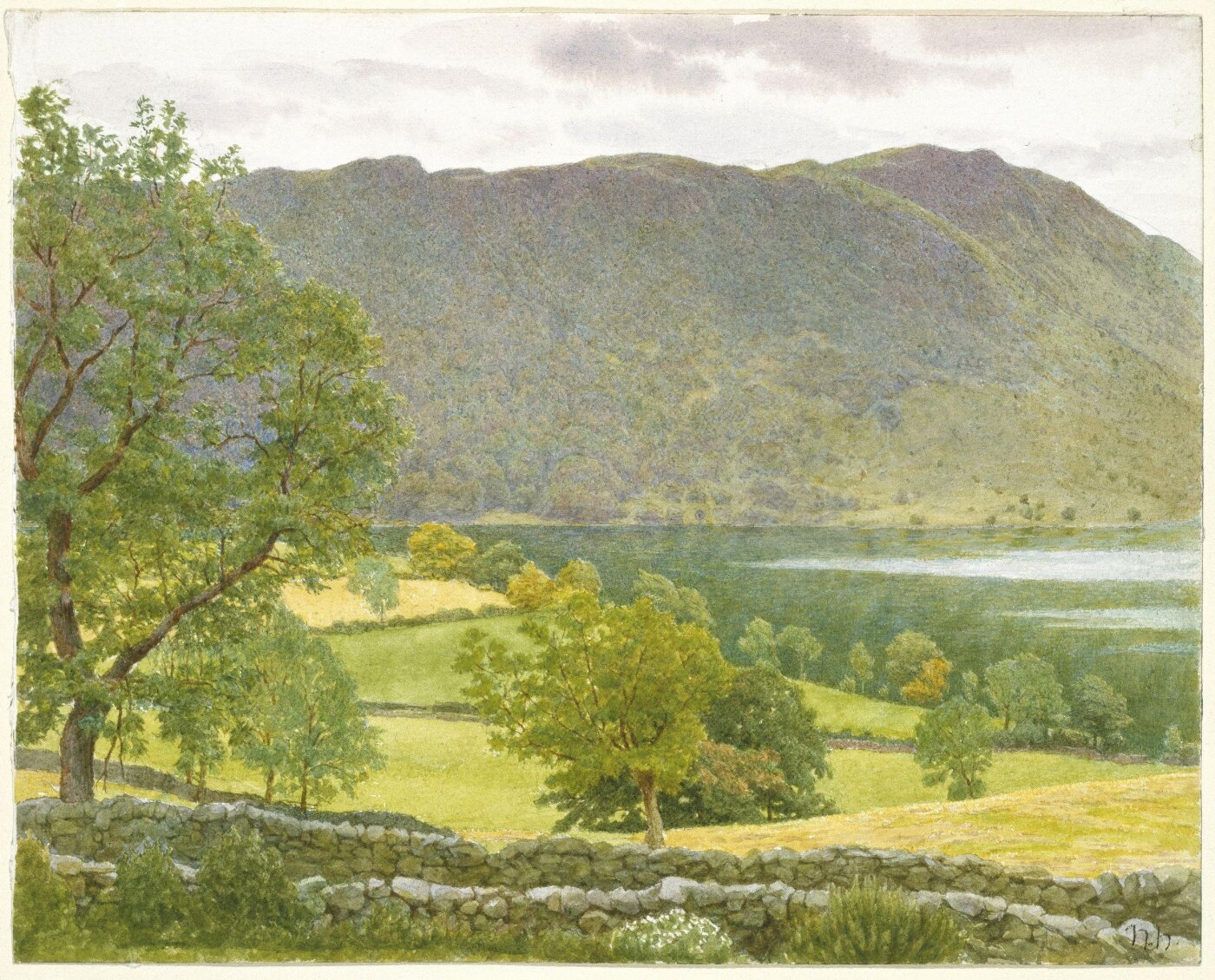
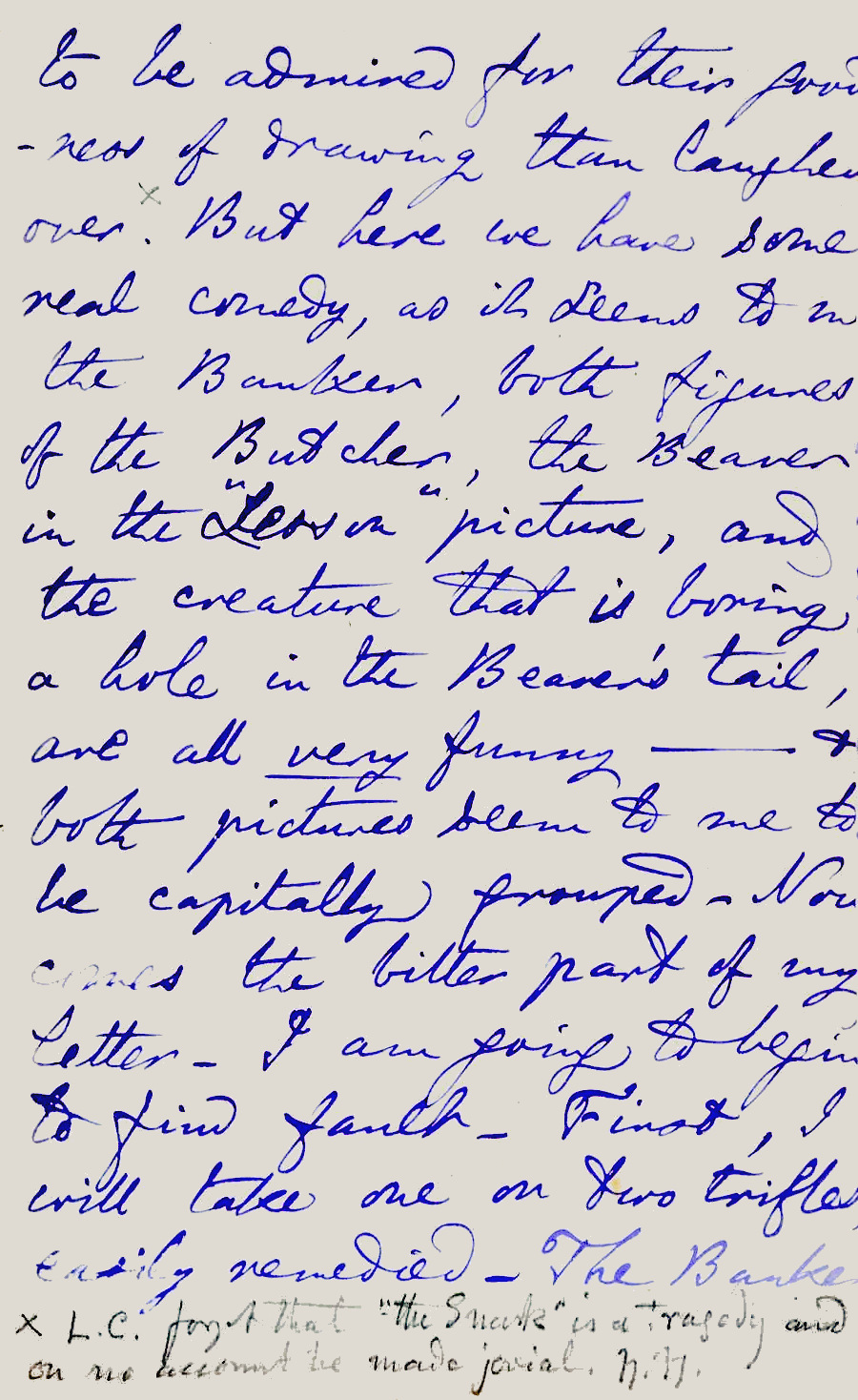
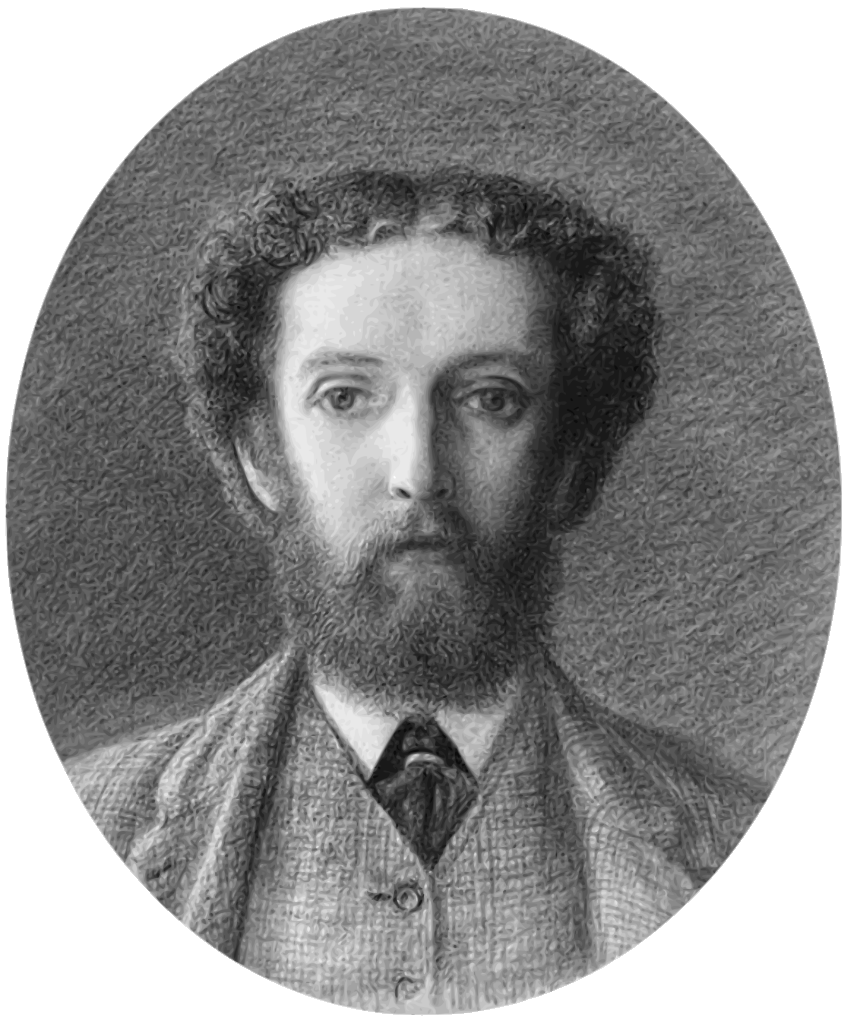
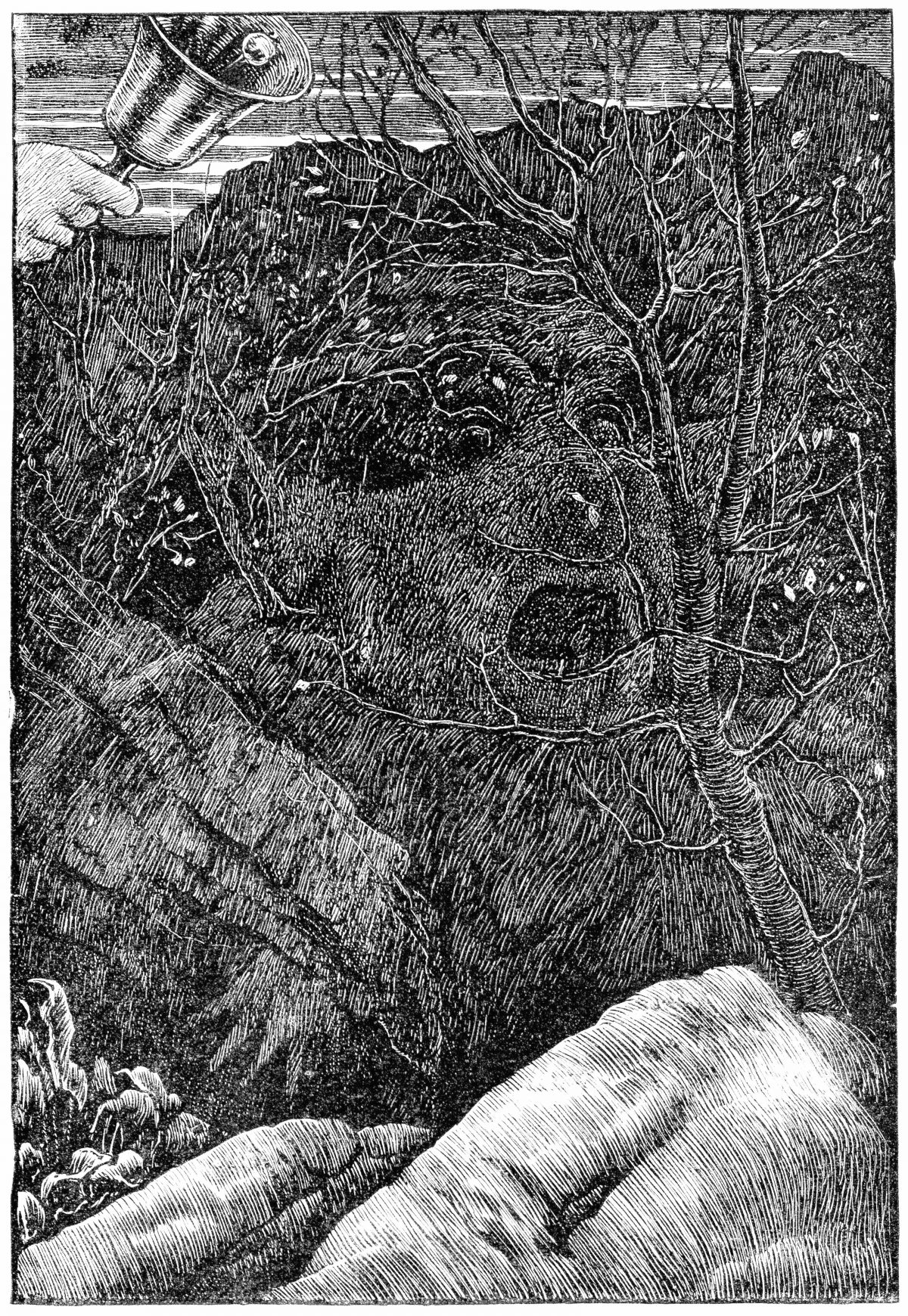 How well the academician Holiday succeeded in producing grotesques for the Snark (it is the only work of Carroll’s that he illustrated) is open to debate. Ruskin was certainly right in thinking him inferior to Tenniel. His drawings are, of course, thoroughly realistic except for the overzize heads and the slightly surrealist quality that derives less from the artist’s imagination than from the fact that he was illustrating a surrealist poem.
How well the academician Holiday succeeded in producing grotesques for the Snark (it is the only work of Carroll’s that he illustrated) is open to debate. Ruskin was certainly right in thinking him inferior to Tenniel. His drawings are, of course, thoroughly realistic except for the overzize heads and the slightly surrealist quality that derives less from the artist’s imagination than from the fact that he was illustrating a surrealist poem.